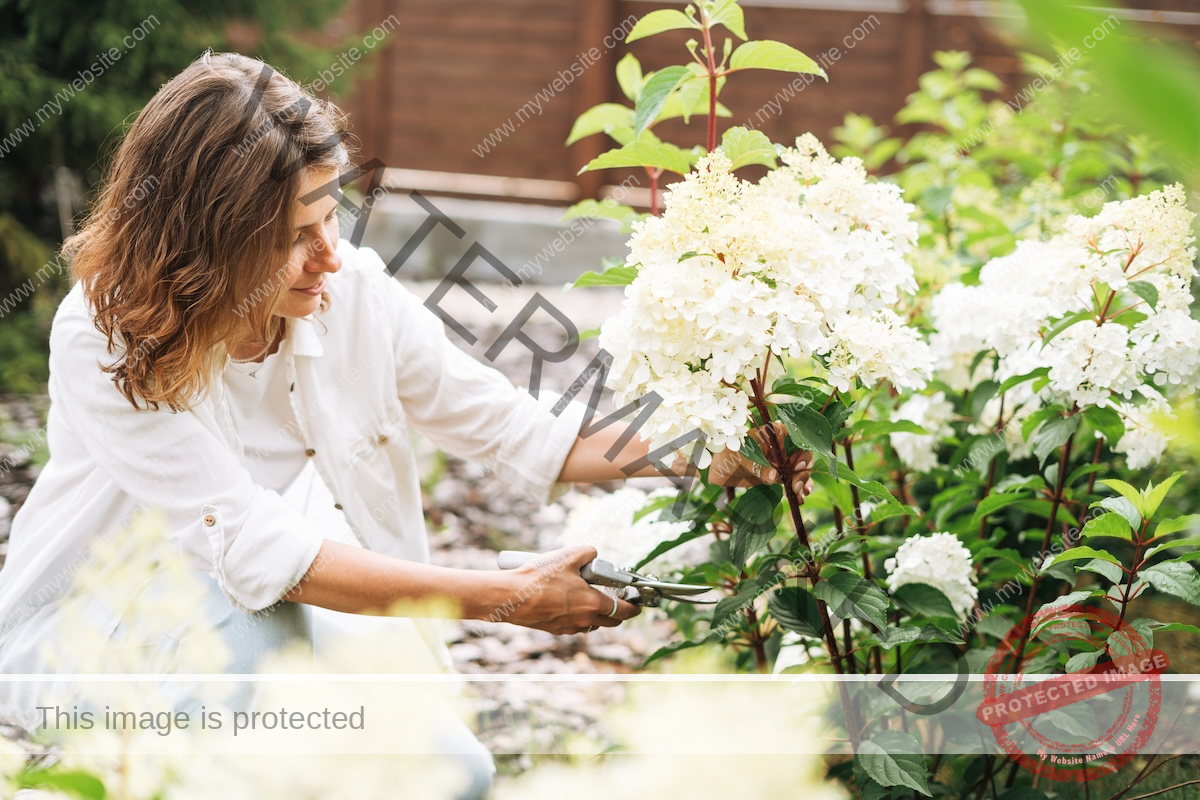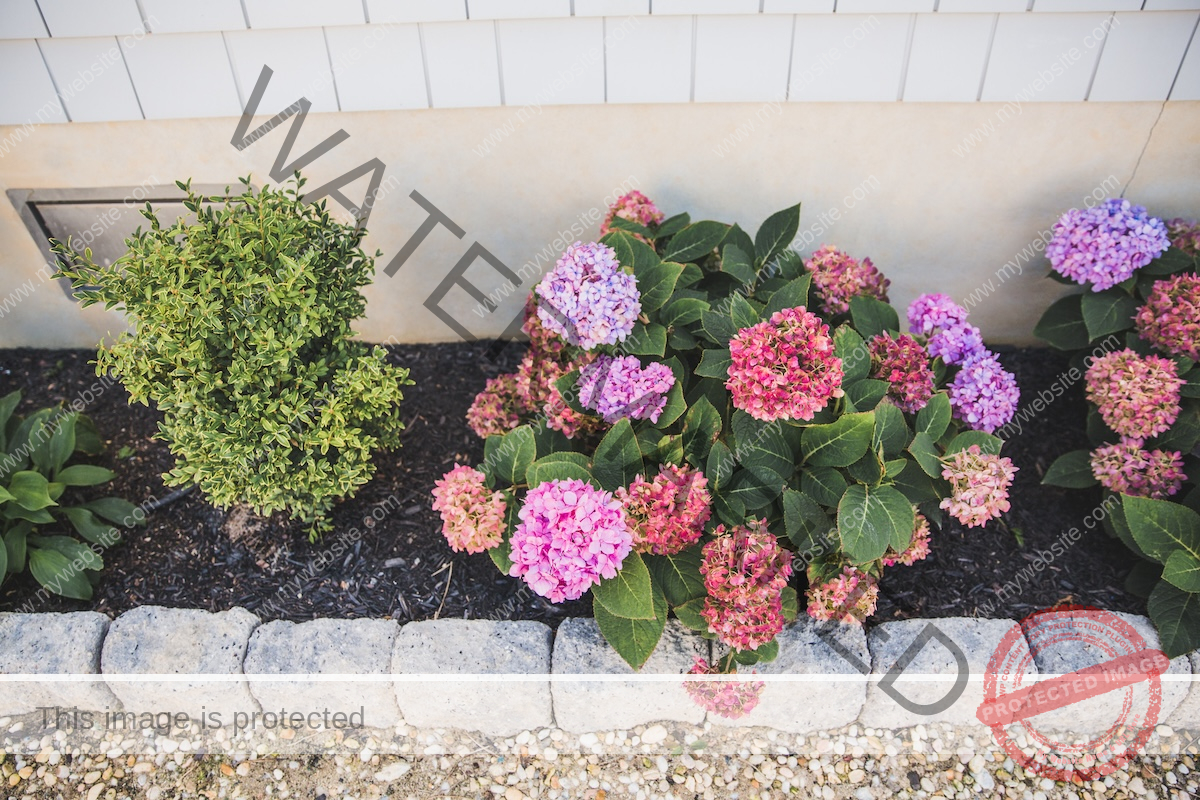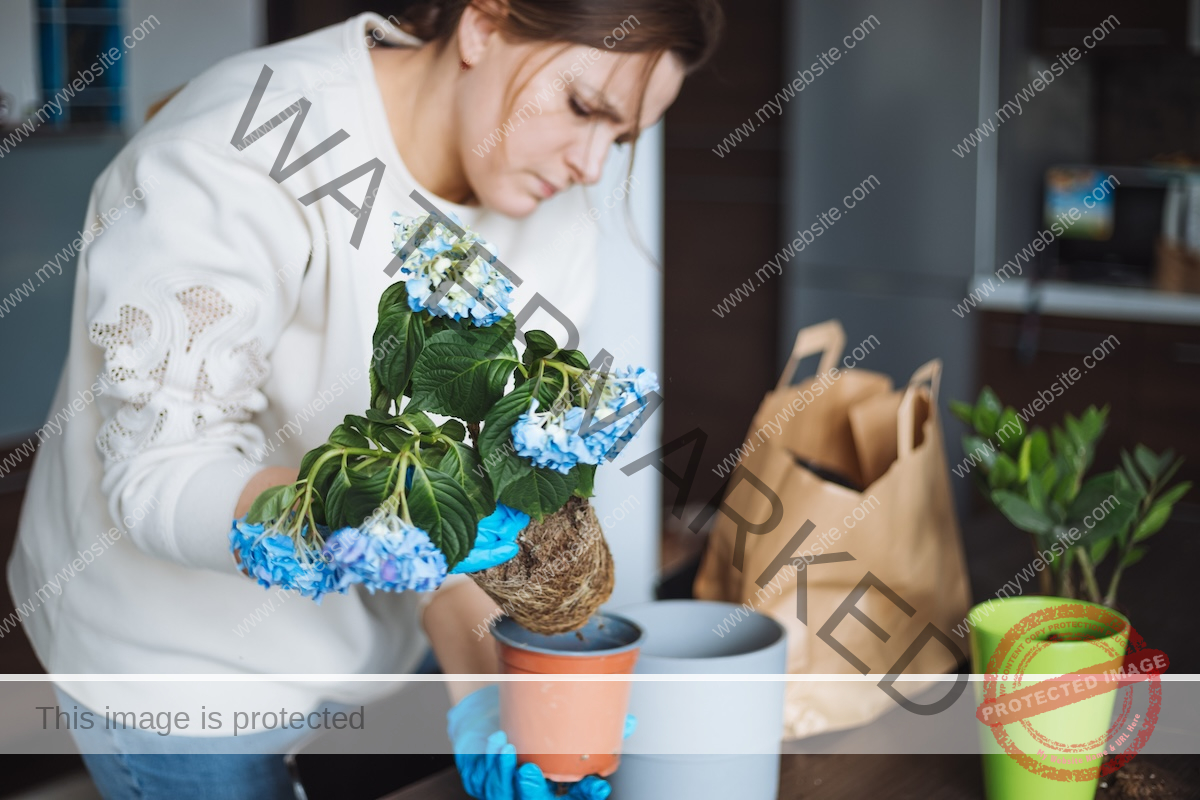
hydrangeas are classic cottage garden plants Which brightens the flower beds from spring to autumn with large and showy flowers and colorful autumn leaves. but some Types of Hydrangeas Are sensitive to cold weather, and harsh winter winds or pruning done at the wrong time can damage developing buds and leave plants flowerless. hydrangea season Begins. Whether you grow oakleaf hydrangea, panicle hydrangea, or another hydrangea variety, here are some simple tips you can use to protect any hydrangea over winter and ensure that your plants grow big next year. Bloom on scale.
Stop pruning.

Pruning Hydrangeas Plants are more susceptible to cold damage late in the season, but this can also cause flower buds to drop and plants to have fewer flowers the following year. To avoid these problems, never prune hydrangeas in the fall or early winter, never prune new wood hydrangeas in the early spring, and prune old wood hydrangeas shortly after flowering. Retaining dried hydrangea flowers at the end of the season will add even more interest to your winter garden!
Skip the fertilizer.
Fertilizing hydrangeas with quality hydrangea fertilizer Pruning in spring or mid-summer promotes plant growth and helps improve the flowering of hydrangeas. But if you fertilize hydrangea late in the year, the plants may defoliate and be damaged by frost before winter. A good rule of thumb is to stop fertilizing hydrangeas in August to give the plants enough time to prepare for their winter dormancy.
water well.
Plants that are well-watered withstand cold weather better than those that are poorly watered, so water hydrangeas deeply before frost arrives. If you live in an area where it snows, you won’t need to water your plants again until spring. However, hydrangeas grown in mild climates may need to be watered lightly throughout the winter months.
Apply mulch.

Mulching is an essential part of hydrangea care In any season, but this is especially important in fall and winter. Apply a 2 to 3 inch layer of natural mulch Prevents frost from growing around the base of hydrangea plants, conserves soil moisture, and protects tender roots from cold damage. When spring arrives, you can rake away the mulch or leave it in place to keep weeds out.
Add burlap.
Most hydrangeas benefit from a little mulch over the winter, but older wood hydrangeas that are a little hardy in your growing location may need a little extra insulation. These plants can be wrapped in burlap when the ground freezes. protect flower buds Protect from damage and help your plants bloom better next year. This type of treatment works best for bigleaf hydrangeas, but is generally not needed for cold hardy panicle and smooth hydrangeas, or oakleaf and climbing hydrangeas that are grown primarily for their ornamental leaves. .
To Install Burlap WrappingDrive wooden poles around your hydrangeas and wrap chicken wire around the outside of the poles, extending the wire cage at least 6 inches above the tops of your plants. Line the outside of the chicken wire with a layer of burlap and then fill the wire enclosure with dry autumn leaves or pine straw. Leave the top of the enclosure open to avoid problems with heavy snow and remove the mulch, wire and burlap in the spring so your plants can grow.
Shelter container plants.

potted hydrangeas Can be kept outside year-round in mild climates, but in colder regions, container plants may need to be kept over the winter in a cool garage or potting shed to protect their roots. Keep your plants near a window if possible and water them once a month to keep the soil from drying out. Hydrangeas won’t need much attention during winter dormancy, but they should be moved outside and watered regularly when spring returns.



